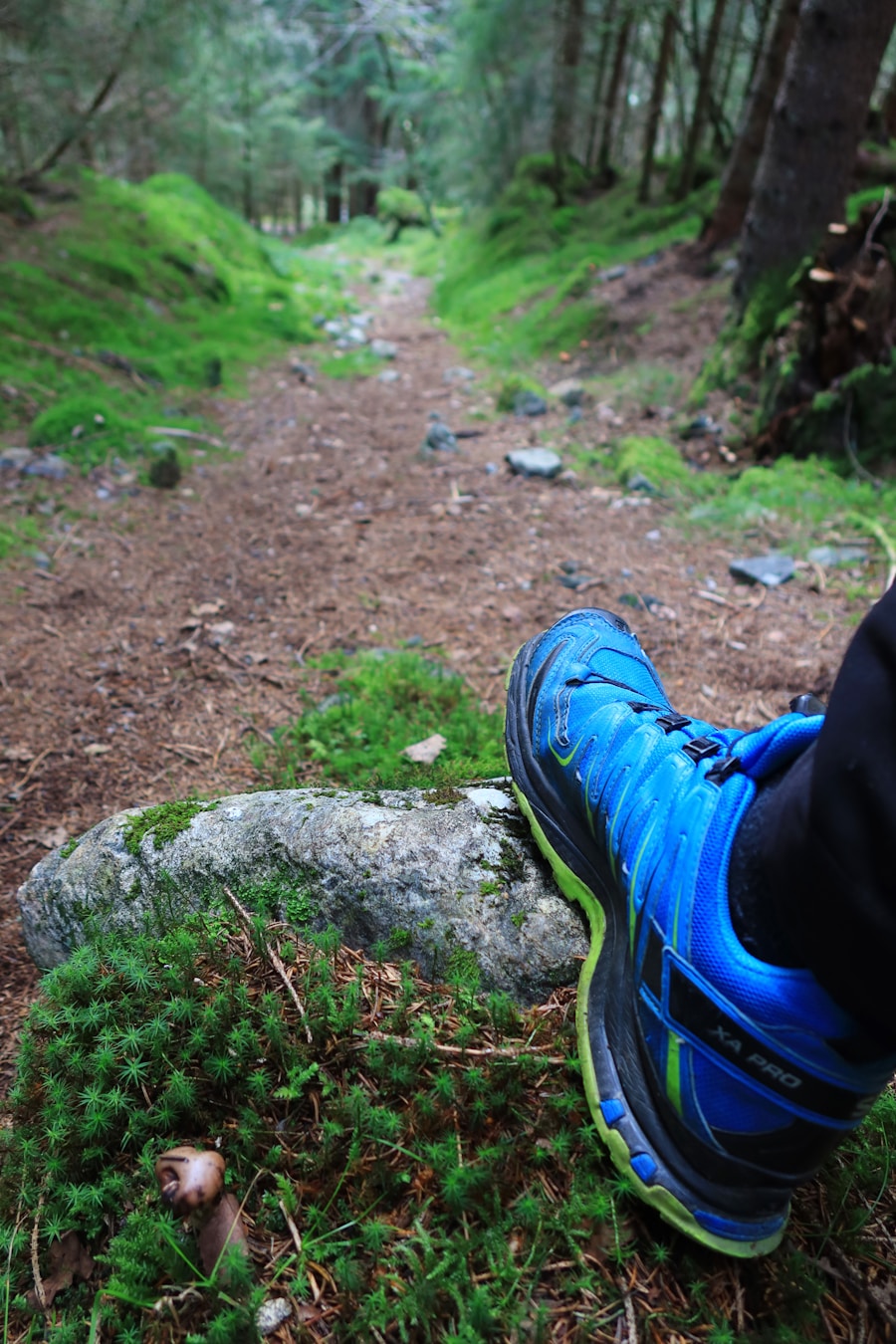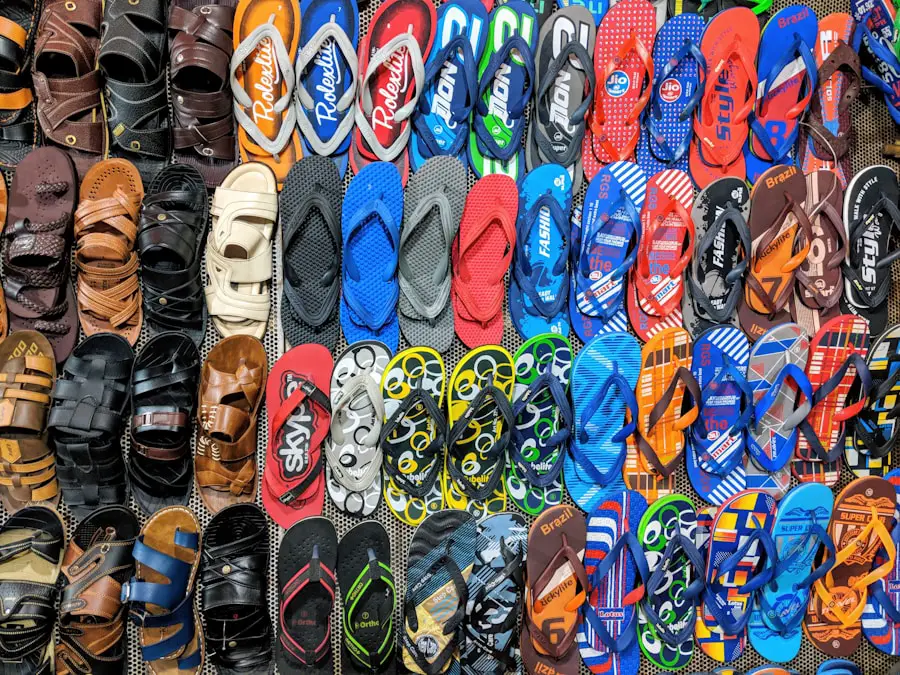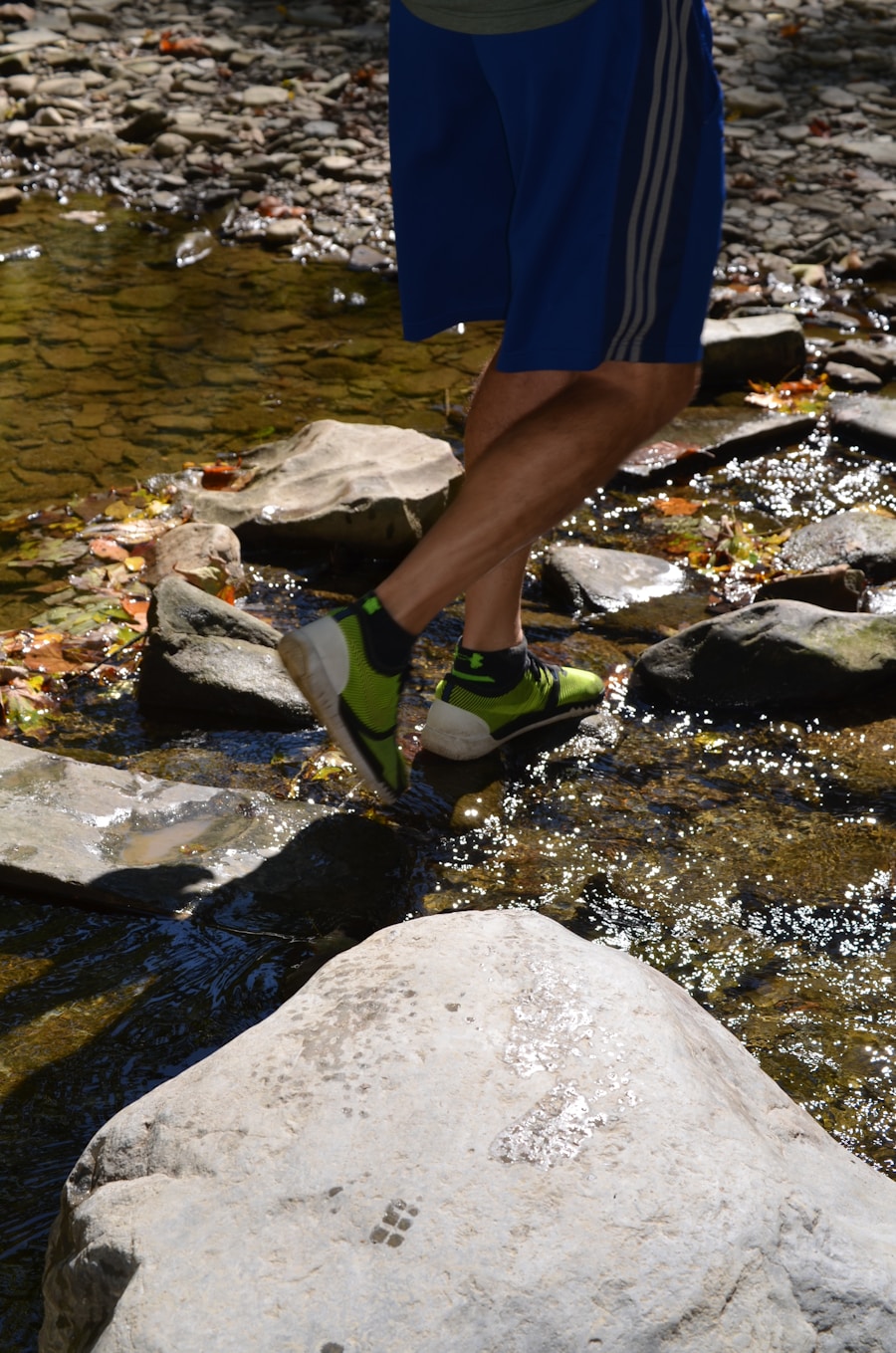Trail running shoes have gained significant popularity among outdoor enthusiasts, particularly those who enjoy the thrill of navigating rugged terrains. Designed specifically for off-road running, these shoes offer a unique blend of features that cater to the demands of uneven surfaces, steep inclines, and unpredictable weather conditions. Unlike traditional running shoes, trail running shoes are built to provide enhanced traction, stability, and protection, making them an appealing option for hikers who seek a lightweight and agile alternative to conventional hiking boots.
The evolution of trail running shoes has been influenced by advancements in technology and materials. Modern designs often incorporate breathable mesh uppers, cushioned midsoles, and durable outsoles with aggressive tread patterns. These elements work together to ensure that runners can maintain their footing on slippery rocks, muddy paths, and loose gravel.
As more hikers recognize the advantages of trail running shoes, the lines between hiking footwear and running gear continue to blur, prompting a deeper exploration of their suitability for hiking activities.
Key Takeaways
- Trail running shoes are designed for running on off-road trails and provide traction, stability, and protection for the feet.
- Trail running shoes are lighter and more flexible than hiking boots, making them ideal for faster, more agile movement on trails.
- Using trail running shoes for hiking can improve agility, speed, and comfort, while also reducing fatigue and strain on the feet and legs.
- Drawbacks of using trail running shoes for hiking include less ankle support and protection from rough terrain, as well as reduced durability for long-distance hikes.
- When choosing trail running shoes for hiking, consider factors such as fit, cushioning, traction, and protection to ensure the best performance and comfort on the trail.
Differences between Trail Running Shoes and Hiking Boots
When comparing trail running shoes to hiking boots, several key differences emerge that can significantly impact performance and comfort during outdoor activities. One of the most notable distinctions is the weight of the footwear. Trail running shoes are typically lighter than hiking boots, which can be a crucial factor for those who prioritize speed and agility on the trails.
This reduced weight allows for quicker movements and less fatigue over long distances, making them an attractive option for fast-paced hikes or trail runs. Another critical difference lies in the construction and support offered by each type of footwear. Hiking boots are generally designed with a higher ankle support structure, which can be beneficial for traversing rocky or uneven terrain.
This added support helps prevent ankle sprains and provides stability when carrying heavy loads. In contrast, trail running shoes often feature a lower profile that promotes a more natural range of motion. While this design can enhance agility, it may not provide the same level of protection against ankle injuries as hiking boots do.
Benefits of Using Trail Running Shoes for Hiking

One of the primary benefits of using trail running shoes for hiking is their lightweight nature. Hikers who opt for these shoes often find that they can cover more ground with less effort compared to traditional hiking boots. This advantage is particularly evident during long-distance hikes or when navigating challenging terrains where speed is essential.
The reduced weight also contributes to overall comfort, allowing hikers to enjoy their journey without feeling weighed down by heavy footwear. Additionally, trail running shoes typically offer superior traction due to their specialized outsoles. The aggressive tread patterns found on these shoes are designed to grip various surfaces effectively, from wet rocks to loose dirt.
This enhanced grip can significantly improve safety on slippery or uneven trails, reducing the risk of slips and falls. Furthermore, many trail running shoes incorporate responsive cushioning systems that provide shock absorption while maintaining ground feel, allowing hikers to remain connected to the terrain beneath them.
Drawbacks of Using Trail Running Shoes for Hiking
| Drawback | Description |
|---|---|
| Less ankle support | Trail running shoes are designed for flexibility and agility, which may result in less ankle support compared to hiking boots. |
| Reduced durability | Trail running shoes are typically lighter and may not withstand the rugged terrain and heavy loads encountered during hiking as well as hiking boots. |
| Less protection | Trail running shoes may offer less protection from sharp rocks, roots, and other hazards commonly encountered on hiking trails compared to hiking boots. |
| Decreased water resistance | Trail running shoes may not provide the same level of water resistance as hiking boots, leading to wet and uncomfortable feet in wet conditions. |
| Less traction | Trail running shoes may have less aggressive treads compared to hiking boots, resulting in reduced traction on slippery or uneven surfaces. |
Despite their many advantages, there are also drawbacks to using trail running shoes for hiking that should be considered. One significant concern is the lack of ankle support provided by these shoes. While the lower profile design allows for greater freedom of movement, it may leave hikers more vulnerable to ankle injuries, especially on rocky or uneven trails where missteps are more likely.
For individuals prone to ankle sprains or those carrying heavy packs, this lack of support can be a considerable drawback. Another potential downside is the durability of trail running shoes compared to traditional hiking boots. While many models are constructed with robust materials, they may not withstand the same level of wear and tear as hiking boots designed for rugged use.
Hikers who frequently traverse harsh environments may find that trail running shoes wear out more quickly, necessitating more frequent replacements. This factor can lead to increased costs over time and may deter some hikers from choosing this footwear option.
Tips for Choosing the Right Trail Running Shoes for Hiking
Selecting the right trail running shoes for hiking involves several considerations to ensure optimal performance and comfort on the trails. First and foremost, it is essential to assess the type of terrain you will be navigating. Different models are designed for specific conditions; some may excel on rocky paths while others are better suited for muddy or soft ground.
Understanding your typical hiking environment will help narrow down your options. Fit is another critical factor when choosing trail running shoes. It is advisable to try on multiple pairs and walk around in them to gauge comfort levels.
Look for a snug fit without being overly tight; there should be enough room in the toe box to allow for natural movement without causing discomfort during descents. Additionally, consider the type of socks you will wear while hiking, as this can affect the overall fit and feel of the shoe.
How to Properly Care for Trail Running Shoes when Hiking

Proper care and maintenance of trail running shoes are essential for prolonging their lifespan and ensuring optimal performance during hikes. After each outing, it is crucial to clean the shoes thoroughly to remove dirt, mud, and debris that can accumulate on the outsole and upper materials. A soft brush or cloth can be used to gently scrub away any stubborn grime, while rinsing with water helps eliminate any remaining particles.
Drying is another critical aspect of shoe care. It is advisable to air dry trail running shoes at room temperature rather than exposing them to direct sunlight or heat sources, which can damage materials and cause them to lose shape. To maintain their structure, it is beneficial to remove insoles and laces before drying.
Additionally, storing shoes in a cool, dry place will help prevent mold growth and preserve their integrity over time.
Alternative Footwear Options for Hiking
While trail running shoes offer numerous benefits for hiking, there are alternative footwear options that may also be suitable depending on individual preferences and specific hiking conditions. Lightweight hiking shoes are one such option; they provide a balance between the agility of trail runners and the support of traditional hiking boots. These shoes often feature a low-cut design with added cushioning and traction suitable for moderate trails.
Another alternative is approach shoes, which are designed for climbing but also work well for hiking on rocky terrains. They typically have a sticky rubber outsole that provides excellent grip on both wet and dry surfaces while offering a comfortable fit for long walks. For those who prefer a more minimalist approach, barefoot or minimalist shoes can be an option; however, they require careful consideration regarding terrain and personal comfort levels due to their lack of cushioning and support.
Making the Decision between Trail Running Shoes and Hiking Boots
When deciding between trail running shoes and hiking boots, it is essential to weigh the pros and cons based on individual needs and preferences.
Trail running shoes offer lightweight agility and superior traction but may lack the ankle support required for certain terrains or heavy loads. Conversely, hiking boots provide robust support and durability but can be heavier and less agile.Ultimately, the choice will depend on factors such as the type of terrain you plan to hike, your personal comfort preferences, and how you prioritize speed versus support during your outdoor adventures. By carefully considering these elements and trying on various options, you can make an informed decision that enhances your hiking experience while ensuring safety and comfort on the trails.
If you are considering using trail running shoes for hiking, you may also be interested in checking out this article on the best travel scooter
